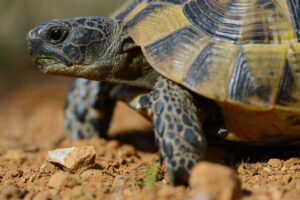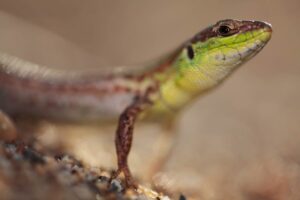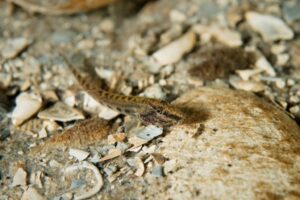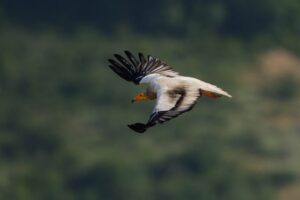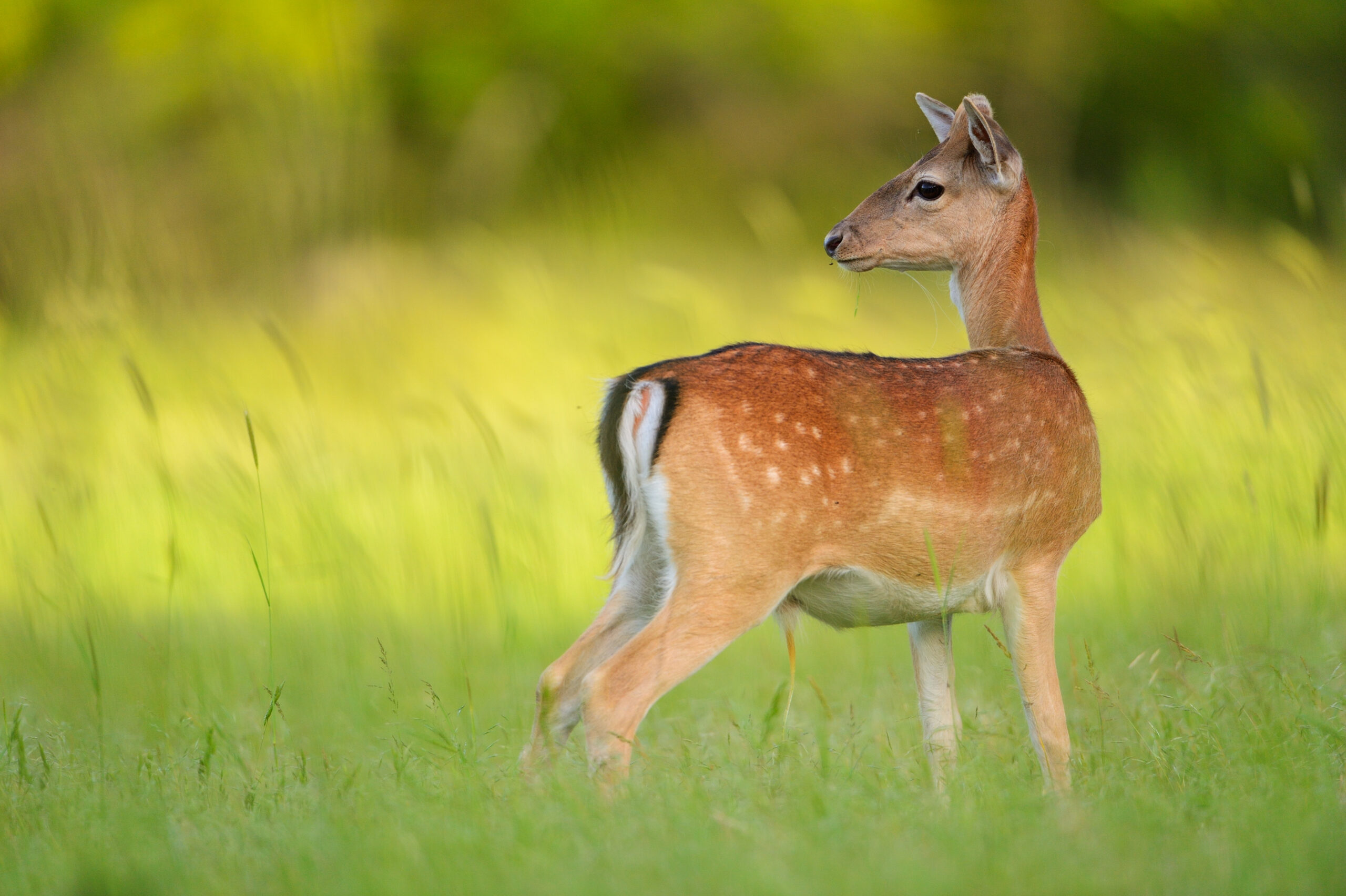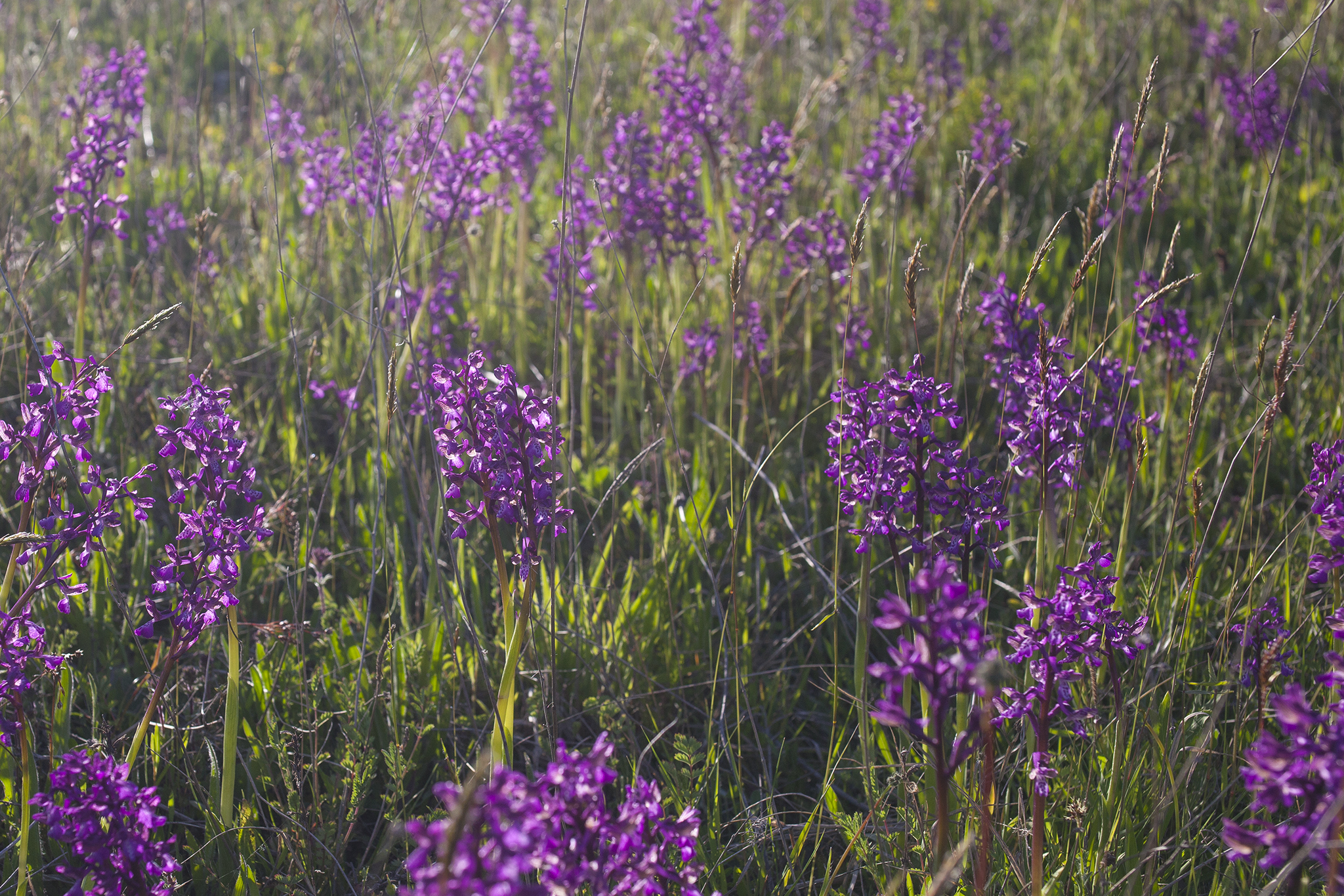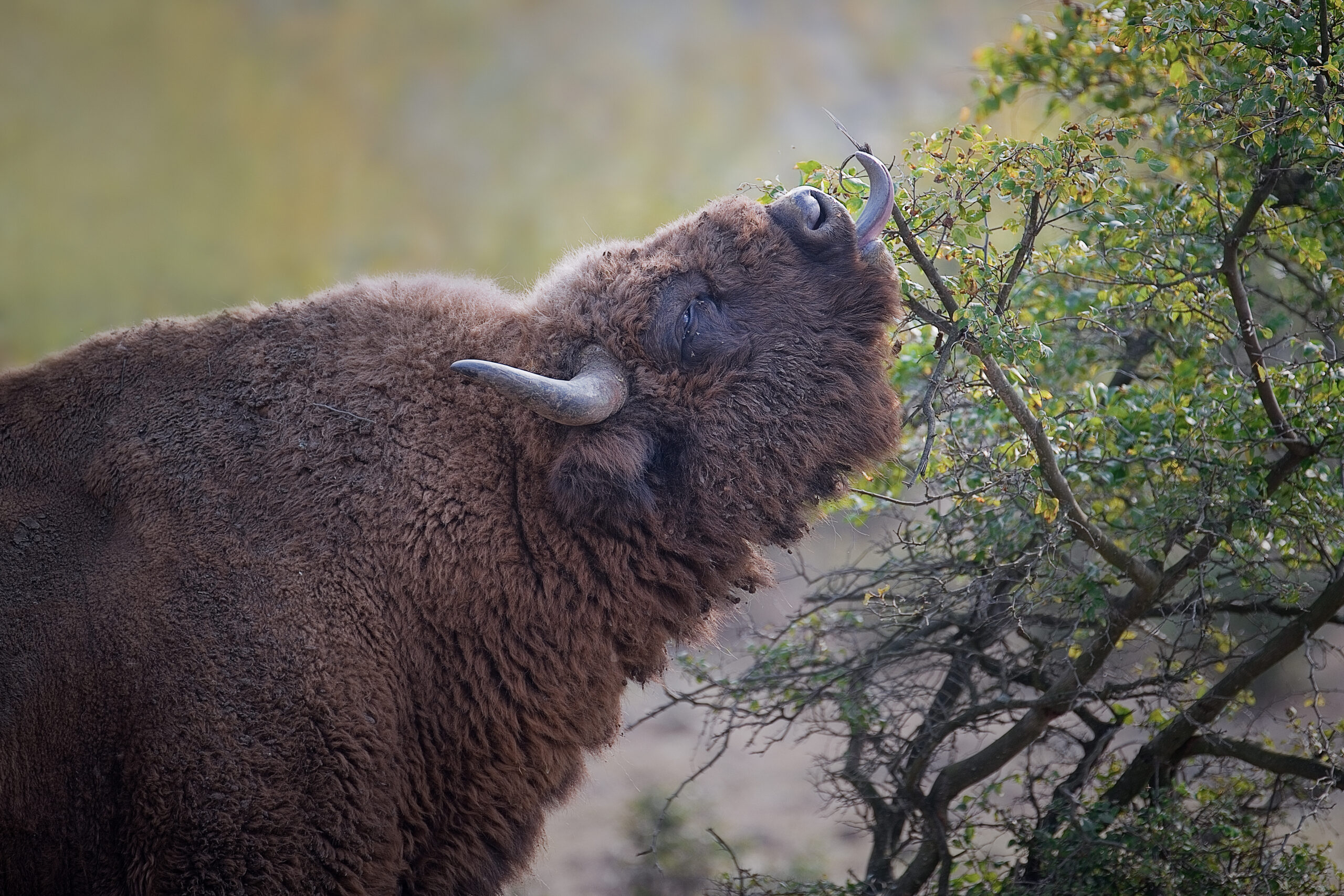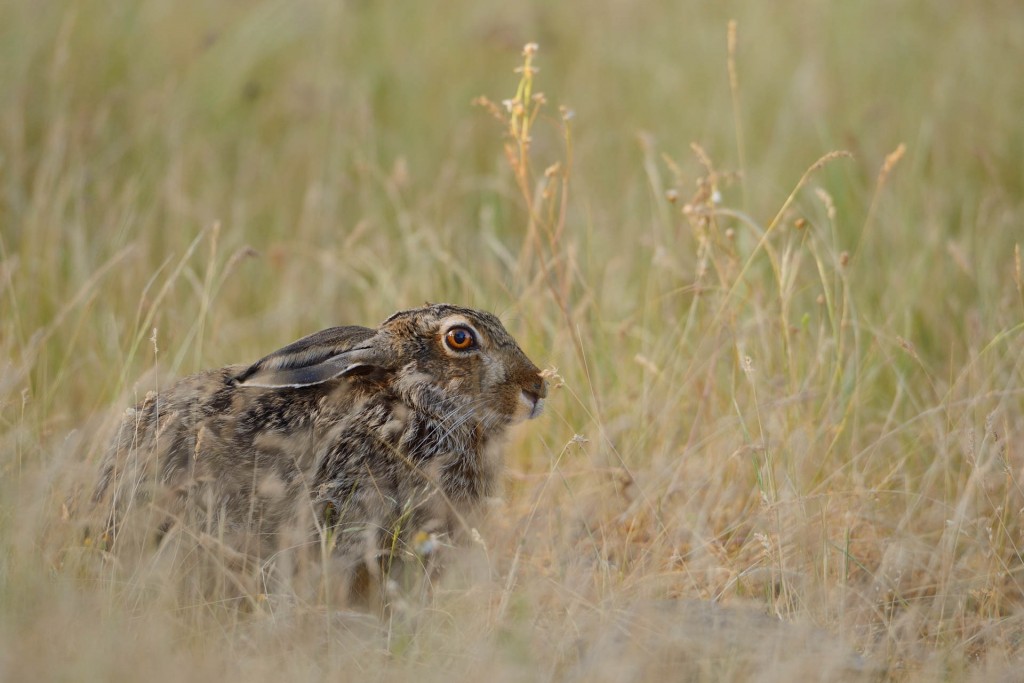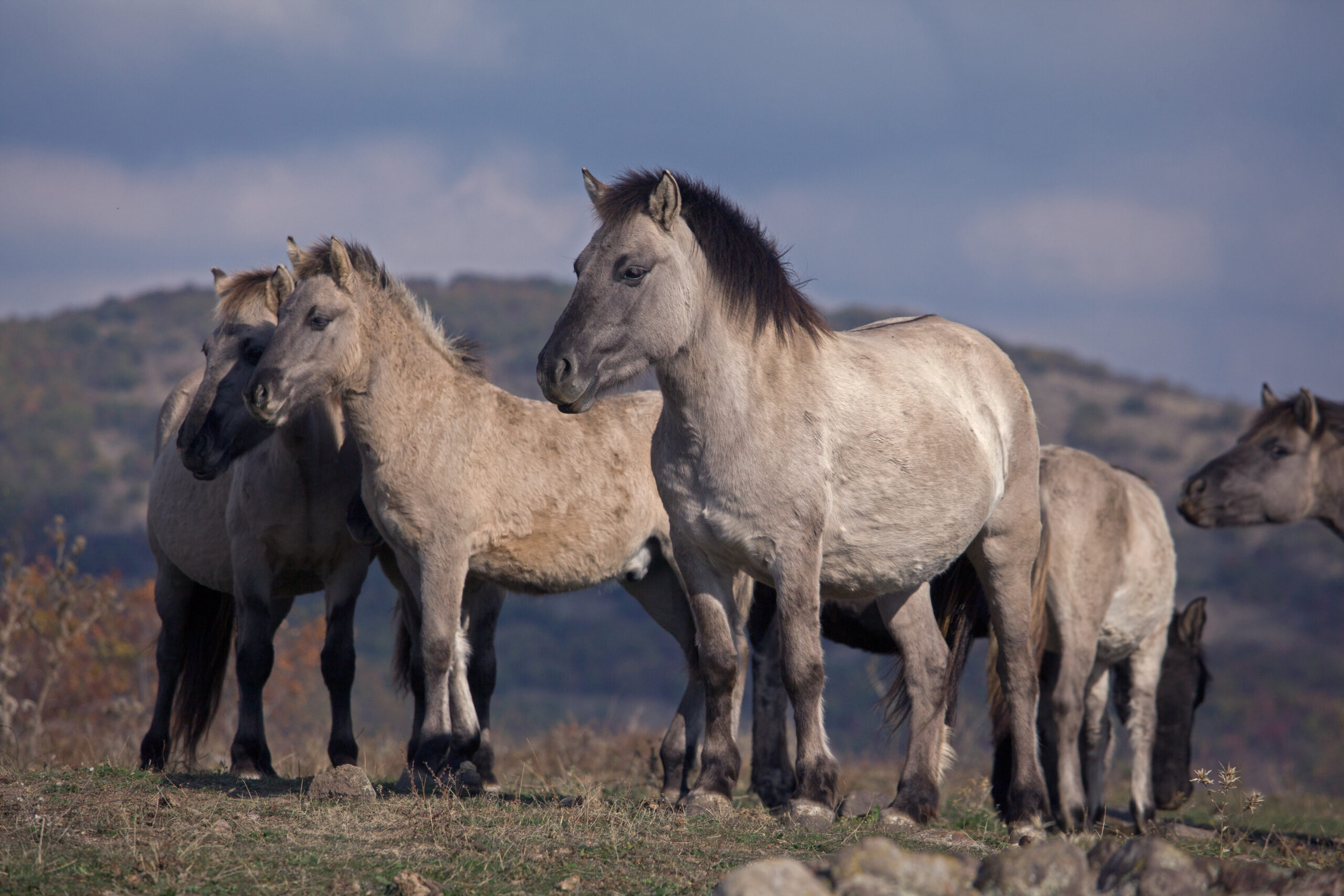The geographical position on the European continent (near the Mediterranean and near the Asian continent), its geology and its climate determine the region of Eastern Rhodopes as one with the richest biodiversity in Europe. In the Eastern Rhodopes are found species typical of the flora of both Europe and the Mediterranean and of Caucasus and Anatolia.
So far there have been found nearly 2,000 species of vascular plants, of which 37 are Balkan endemics – found only on the Balkan Peninsula, 22 are Bulgarian endemic species and are spread only in Bulgaria, whereas Yurushka mullein (Verbascum juruk) occurs only in the Eastern Rhodopes. Over 20 plants are relicts that have survived and reached us from ancient times. Among them are the Rhodope haberlea (Haberlea rhodopensis) and “Rhodope mountain mother” (Lathraea rodopaea)
Once the Eastern Rhodopes were covered with thick forests. Today only one third of the Eastern Rhodopes is forested, mainly with deciduous trees with sub-Mediterranean characteristics. The forested area mainly consists of oak forest. Beech forests are found at higher altitudes in the southern parts. The forest species include downy oak (Quercus pubescens), flowering ash (Fraxinus ornus), red juniper (Juniperus oxycedrus) and two types of beech (Fagus sylvatica and Fagus orientalis). An eastern beech (F. Orientalis) is a unique type for the Eastern Rhodopes and Strandzha. Characteristic for the Eastern Rhodopes are riparian forests of the oriental plane (Platanus orientalis), at places in the valleys of the Arda river and Byala reka.
Only small patches of natural forests of black pine (Pinus nigra) remained, which once covered the whole mountain range. Those echoes of the past, like “Chamlaka”, “Boraka”, “Borovets” and “Zhenda” are protected sites now.
In the past, many forests were cleared to develop pasture and arable land. At other places the historical forests are replaced by shrubs, mainly hornbeam (Carpinus orientalis), thorny bush (Paliurus spina-christi), red juniper (Juniperus oxycedrus).
The rest of the Eastern Rhodope mountain range is covered with extensive pastures and arable lands, illustrating the agricultural history of the area. Millennia of human interference formed the typical mosaic landscape – open areas alternating with shrubs and forests, which provide diverse habitats and determines the unique biodiversity of the area.
